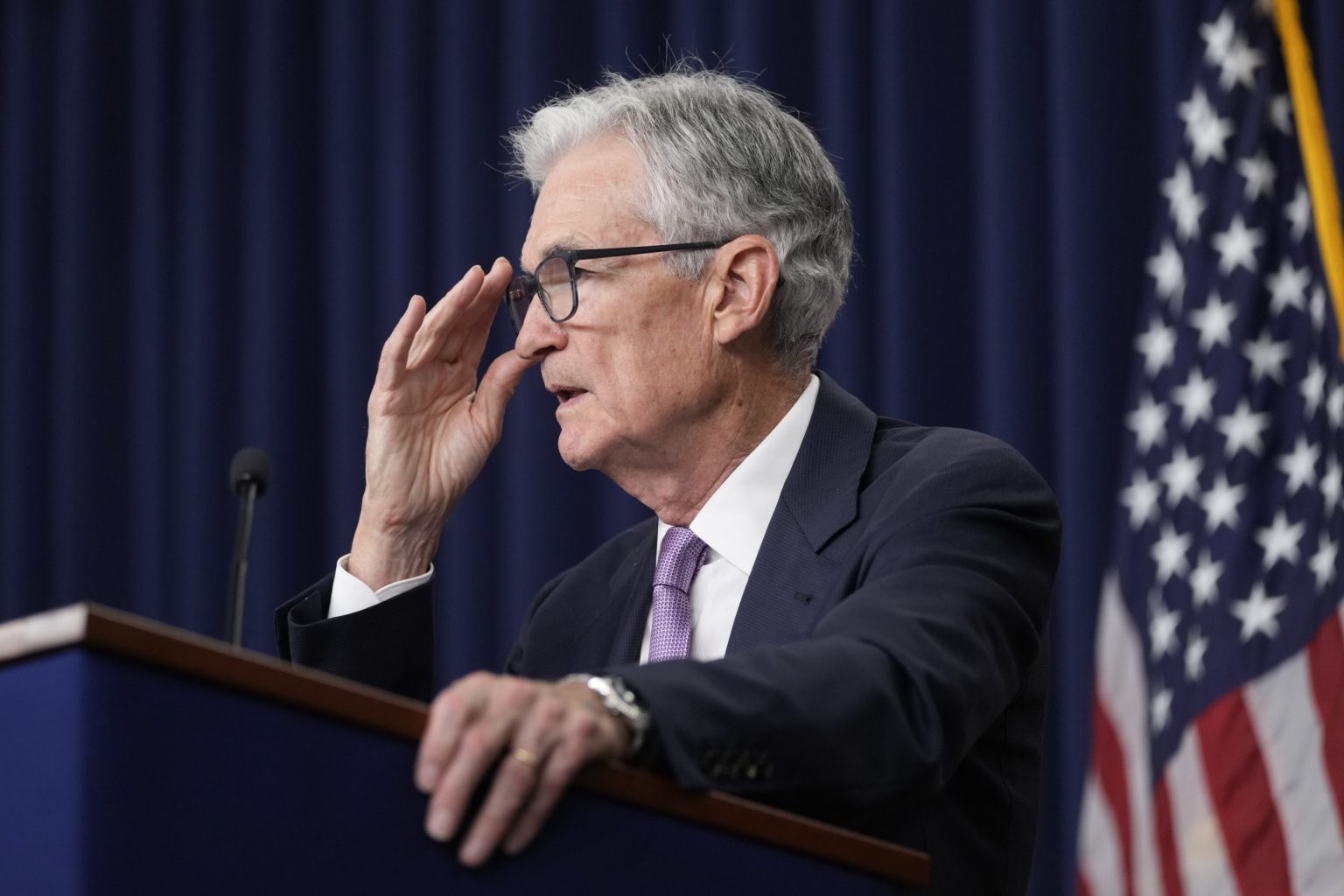The Federal Reserve is set to cut its benchmark interest rate for the second consecutive month in an effort to ease inflationary pressures that have concerned American consumers and played a role in shaping recent election results. Inflation, which surged to record highs during the pandemic recovery, has shown signs of slowing. President-elect Donald Trump’s proposals, including widespread tariffs and higher taxes on imports, have raised concerns about potential inflationary pressures, complicating the central bank’s decision-making process.
President Trump has made it clear that he believes the Fed should take his economic policies into account. His vocal discontent with Fed Chairman Jerome Powell has raised concerns about political interference in monetary policy. While other economic indicators show growth, there are concerns about slowing job growth and signs that the economy may be nearing a turning point. The Fed’s autonomy has been a longstanding defense against political pressure, but Trump’s influence on the central bank’s decisions remains a concern.
Fed officials have indicated that the latest rate cuts are designed to support the labor market, but there is growing uncertainty about whether these moves will yield desired results if inflation pressures mount again. Rising borrowing costs on everything from mortgages to car loans may dampen the intended effect of the Fed’s rate reductions if longer-term borrowing costs remain elevated. Treasury yields have surged since the Fed’s September rate cut, reflecting expectations of stronger economic growth, rising inflation, and potentially larger federal budget deficits under Trump’s administration.
Trump’s proposed trade policies, including tariffs on imports and additional taxes on Chinese and Mexican goods, could reignite inflation. Economists estimate that these measures could push inflation up to 2.75-3% by mid-2026, significantly higher than the current rate of 2.1%. Such an increase could alter the Fed’s path, making further rate cuts less likely. Market expectations for rate cuts in 2025 have declined, and the central bank faces a balancing act as it weighs the potential risks of overstimulating the economy and reigniting inflation against the need to support growth.
While the economy shows signs of resilience, with strong consumer spending, concerns about potential overstimulation and inflation reigniting may prompt the Fed to halt or reverse rate cuts if inflation begins to rise again. The central bank’s upcoming rate cut on Thursday signals continued efforts to support the labor market, but uncertainties remain about how much further it will go in reducing borrowing costs in 2025. The Fed’s dilemma lies in maintaining economic growth while also managing inflation, which could be impacted by Trump’s proposed economic policies and their potential effects on consumer behavior and borrowing costs.








